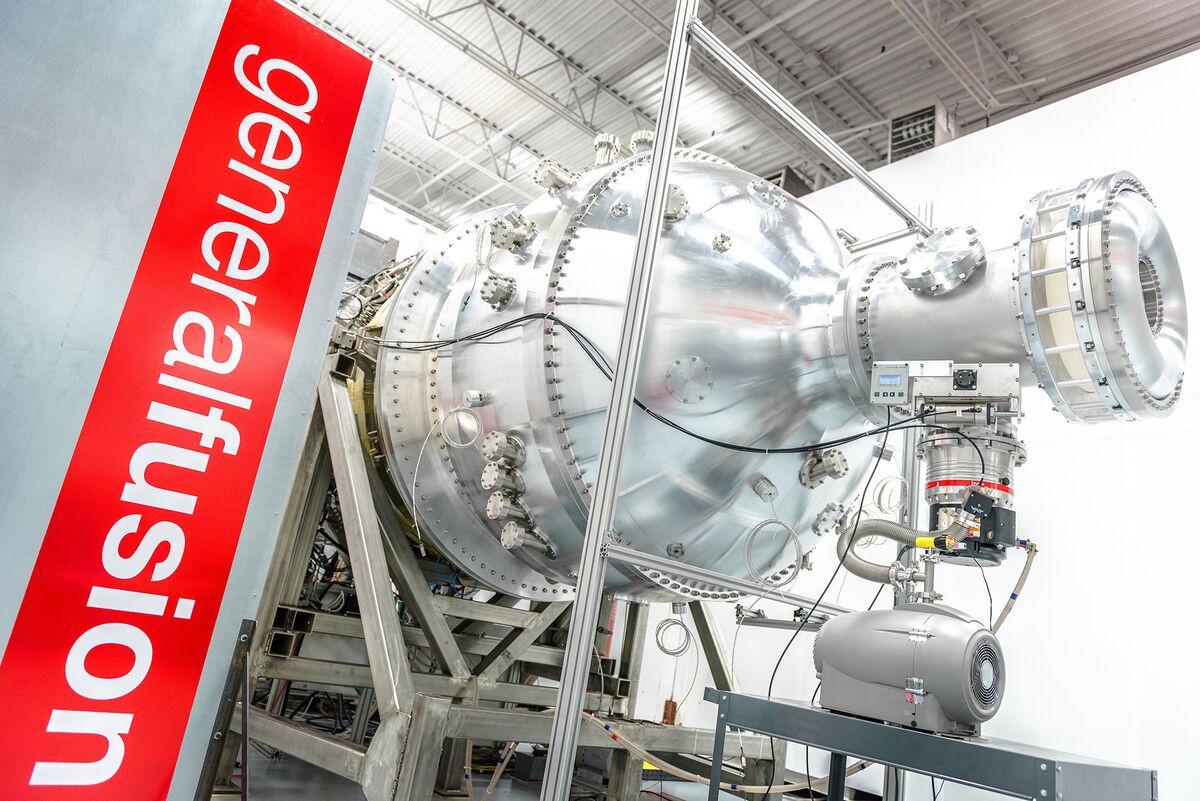It's a known problem. The DOD wouldn't put money into the research if they don't believe that it's solvable.You may want to look up the term "decay heat".
I'm going by the research done on the HTR by the Idaho National Lab (INL) but I expect any reactor using TRISO fuel is going to have similar numbers, as from what I know decay heat is a product of the fuel composition rather than reactor type. (Though reactor type influences fuel composition, so I guess they're related still.)
The report is for Deep Burn fuel using plutonium but comparisons to UO2 fuel were made and I'm going to be using the UO2 numbers. I don't believe the military will use plutonium-based nuclear fuel on a forward base.
On page 50 of the PDF there is a graph of the decay heat curves of several nuclear fuel. HALEU is supposed to have a higher burn-up rate than LEU, so let's look at the UO2 fuel at 90 MWd/kg.
Going by the graph, the heat generated by the decay products would go down to 1% after approximately 2 hour. The relationship is logarithmic though, so the decrease isn't as sharp at the 10 hour and 100 hour mark.
The article on Project Pele mentions TRISO fuel. TRISO-X is a form of TRISO, but the decay heat rate shouldn't be that different assuming a similar nuclear fuel composition.
We can now cross-reference the Chinese HTR-PM research which use a uranium-based fuel with 8.5% enrichment. This puts the fuel in the HALEU category which is what Project Pele is supposed to use. The burn-up rate at 90 GWd/t is the same as the burn-up rate in the INL report. One just uses kg while the other uses metric tonne. The energy density is stated at 3.22 MW/m3. This is thermal power. We have a core height of 11 m and diameter of 3 m for a volume of almost 77.75 m3 filled with 420,000 TRISO pebbles. A cubic meter volume would then contain 5402 TRISO pebbles.
If we assume a 1% decay heat 2 hour after shut down, a cubic meter of the HALEU TRISO fuel would generate 32.2 kW of heat at the time. Since a cubic meter has 5402 pebbles, that's 5.9607 watt/pebble. Call it 6 watt of decay heat per pebble at the 2 hour mark. The TRISO pebble size used by the Chinese is 6 cm diameter, just a bit bigger than a billiard ball. A billiard ball emitting 6 watt of heat is something you can hold in your hand. I wouldn't do so because of radiation concern (though the silicon carbide casing will stop alpha and beta radiation), but as far as heat, you can handle it. If I interpret the graph in the INL report correctly, at 100 hours it would have gone down to 0.3% (not sure, had to eyeball the logarithmic graph) at which point it's less than 2 watt of heat per pebble.
There is the logistical issue of how to handle tens thousand TRISO pebbles because while each pebble isn't that hot, if you have tens of thousands of them the heat adds up. But this is should be a solvable issue, or they wouldn't entertain the idea in the first place. The DOD will not want a reactor that takes years to remove.
PS: It occurs to me that my use of the phrase "turn it off" may be taken to mean that it can be put into a C-17 immediately after hitting the off switch. That's not what I mean. What I meant by "turn it off" is an intentional controlled shut down taking several hours at least and possibly days. An instantaneous shut down would've been an emergency SCRAM.
Last edited:







